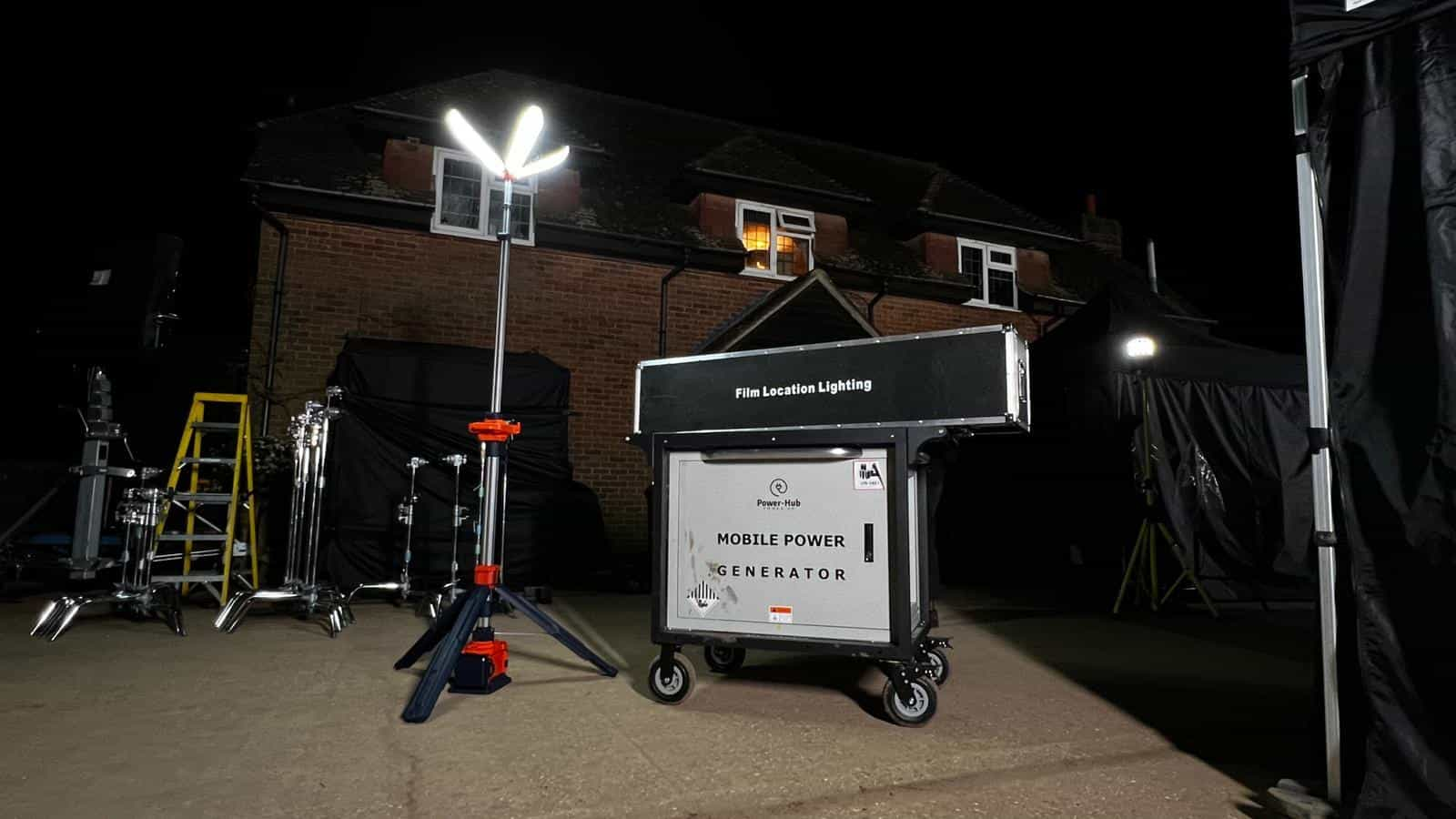
Numerous countries have approved the installation of solar street lights. It is easy to install and lasts longer than most traditional sodium vapor street lamps. Many of the solar street lights have a converter for converting the solar panel output voltage to the necessary voltage for charging the internal battery pack and LED operating voltage. It will also have a solar panel, battery and a control system. All these mentioned except the solar panel, is housed in a small space surrounded by metal. The two most common metals that are used by manufacturers is mainly mild steel or cast aluminium. As we all know metal is a very good conductor of electricity, especially lighting. High grounded metals is most attracted to lightning.
Lightning can damage any electronic device when struck. There is many ways to try and prevent it but according to the BS EN/IEC 62305 Lightning Protection Standard there are a few key points to consider.
Lightning Protecting Zone (LPZ) means that the equipment requiring protection should be located in a LPZ whose electromagnetic characteristics are compatible with the equipment stress withstand or immunity capability. In general the higher the number of the zone the lower the electromagnetic effects expected. LPZ3 is the highest rating.
Lightning Protection Levels (LPL). There is four protection levels that have been determined based on parameters obtained from previous published technical papers. There are two waveforms for testing Surge Protective Devices (SPDs). Direct Lightning strikes 10/350μs and Remote Lightning strikes 8/20μs
Voltage protection levels or let-through voltages of installed SPDs must be coordinated with the insulating withstand voltage of the parts of the installation and the immunity withstand voltage of electronic equipment. IEC 61312 explains the purpose and concept of surge protective devices (SPDs). There are four coordination variants.
There are numerous street lights that have to operate in very harsh weather conditions. These conditions make the solar street lights very susceptible to ESD (Electrostatic Discharge). Accept for ESD improper bonding, grounding or transient protection is the leading cause for lightning damage.
The solar street light comes equipped with a single needle lightning rod which provides the light with proper grounding against direct lightning strikes. The function of the needle lightning rod is to redirect the electricity of the lightning directly into the ground.

